How to Save Money Growing Your Own Herbs
Lower the cost of your weekly food shop by growing your own herbs. Follow this guide for some tips and tricks.
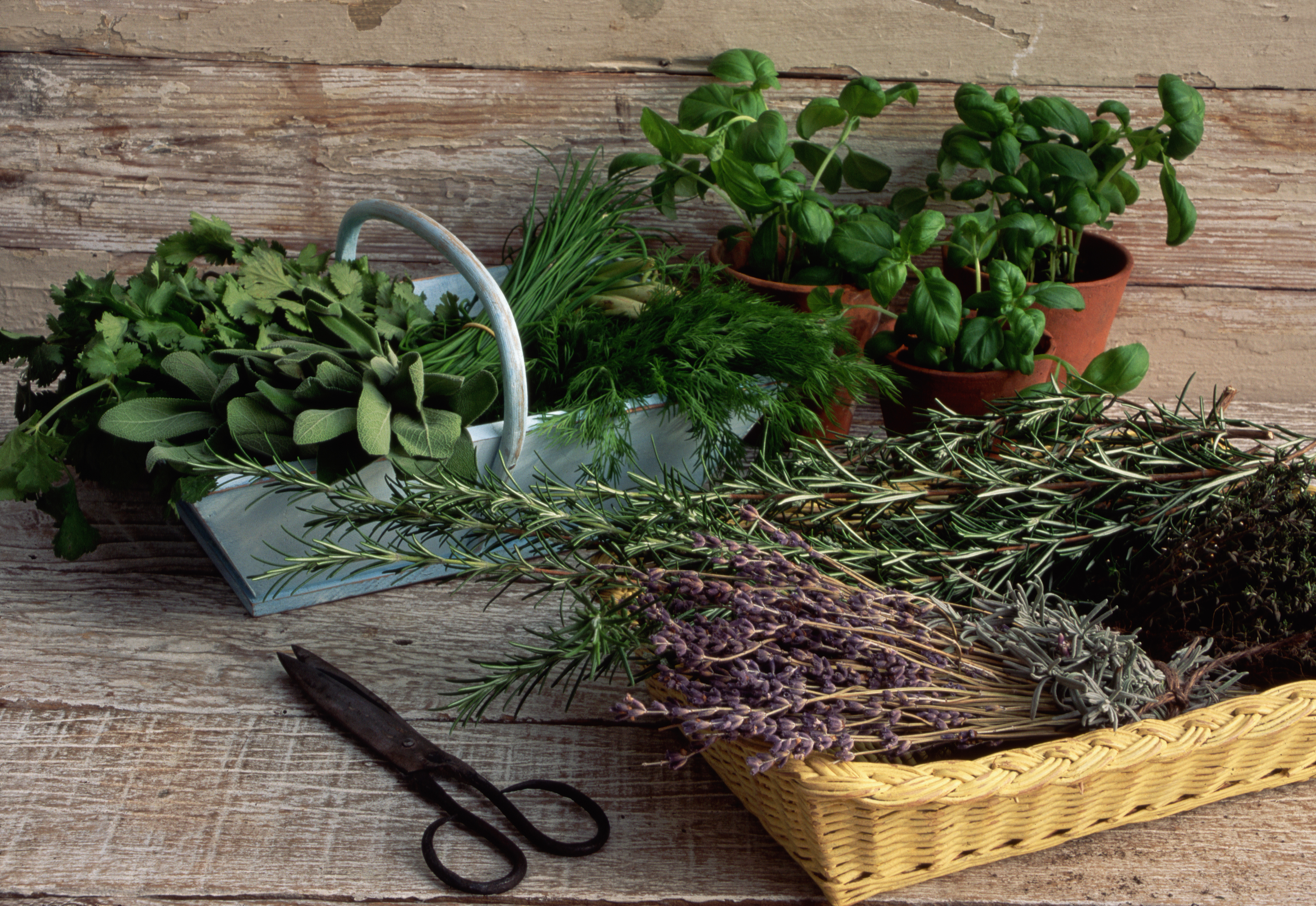

When looking for ways to save money on groceries, herbs are something that can be quite pricey and really add to the cost of our food shops. According to the average UK household cost of food data from NimbleFins, the average household spends around £217 on sauces and herbs a year! With this in mind, a great way to cut costs is by growing your own herbs. Not only is growing your own cheaper overall, but herbs are generally pretty easy to look after, so if you’re new to gardening, it’s a fantastic place to start. Many types of herbs can be grown indoors as well as outside, so if you don’t have a garden, you can still grow them and save money too.
Seeds vs. Plants - Which Should You Buy?
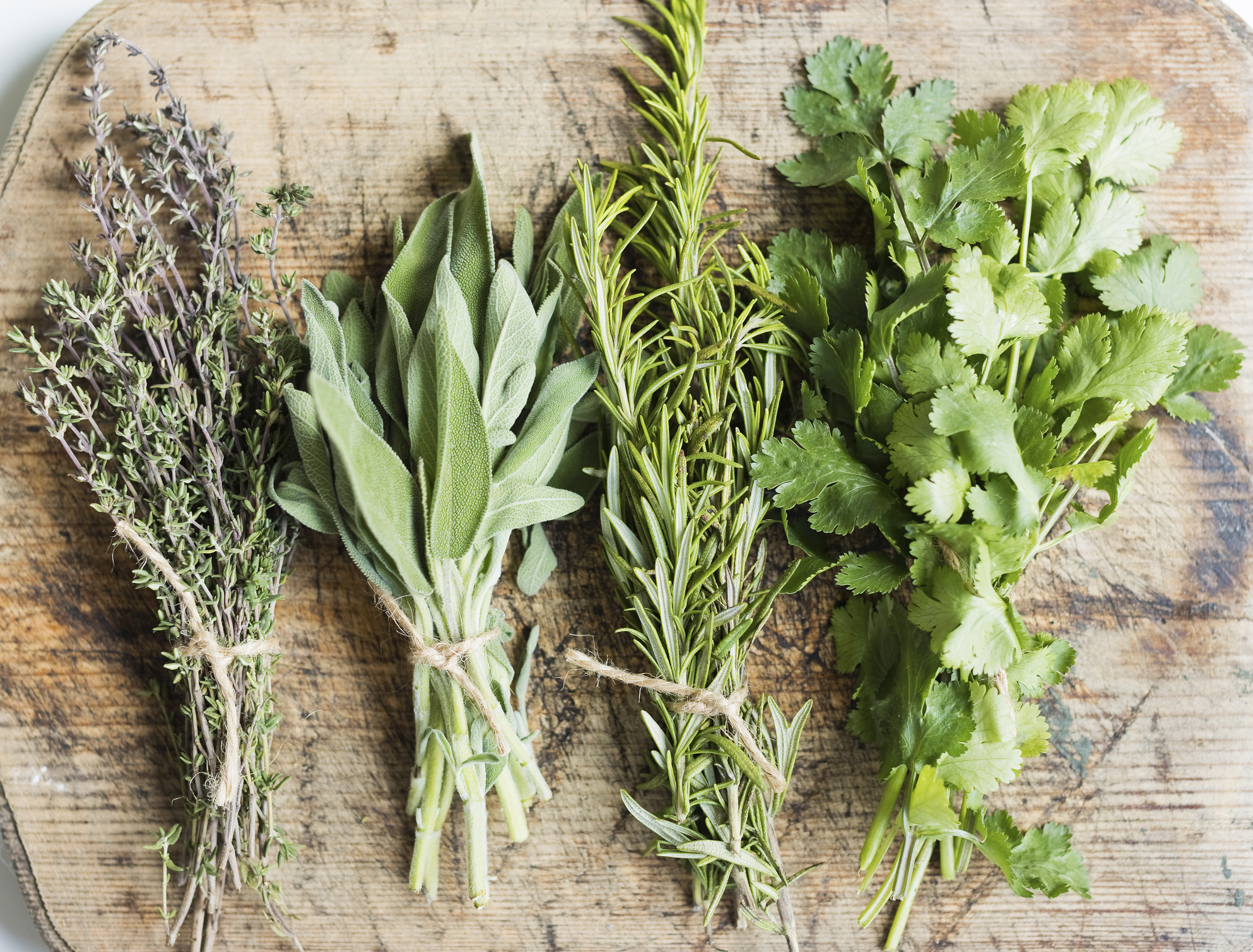
Looking at the price of seeds vs. plants alone, it’s cheaper to buy seeds. However, if you choose to buy seeds, there are a few things worth thinking about. They require more time and attention and they can also have additional costs. For example, seeds will need repotting over time, so will need various seed trays, pots, compost, etc. Some herbs in their early days also require warm shelter, like a greenhouse, which can be expensive and take up a lot of space if you don’t already have one. It can also take a long time to grow herbs from seed so you may end up having to wait a long time before you’re able to use them.
Established herb plants cost more initially but are more convenient, and you can easily find deals and buy plants on a budget with a bit of research. I’d recommend heading to some of the local garden centres when looking for plants, as you’ll often find some good deals that aren’t available online. My local garden centre had a 3 for £10 deal on mix & match herbs so we were able to stock up pretty cheaply. However, if you’re looking to buy online, I recommend these retailers as you can often find discount codes to help lower the cost:
Grow a Variety
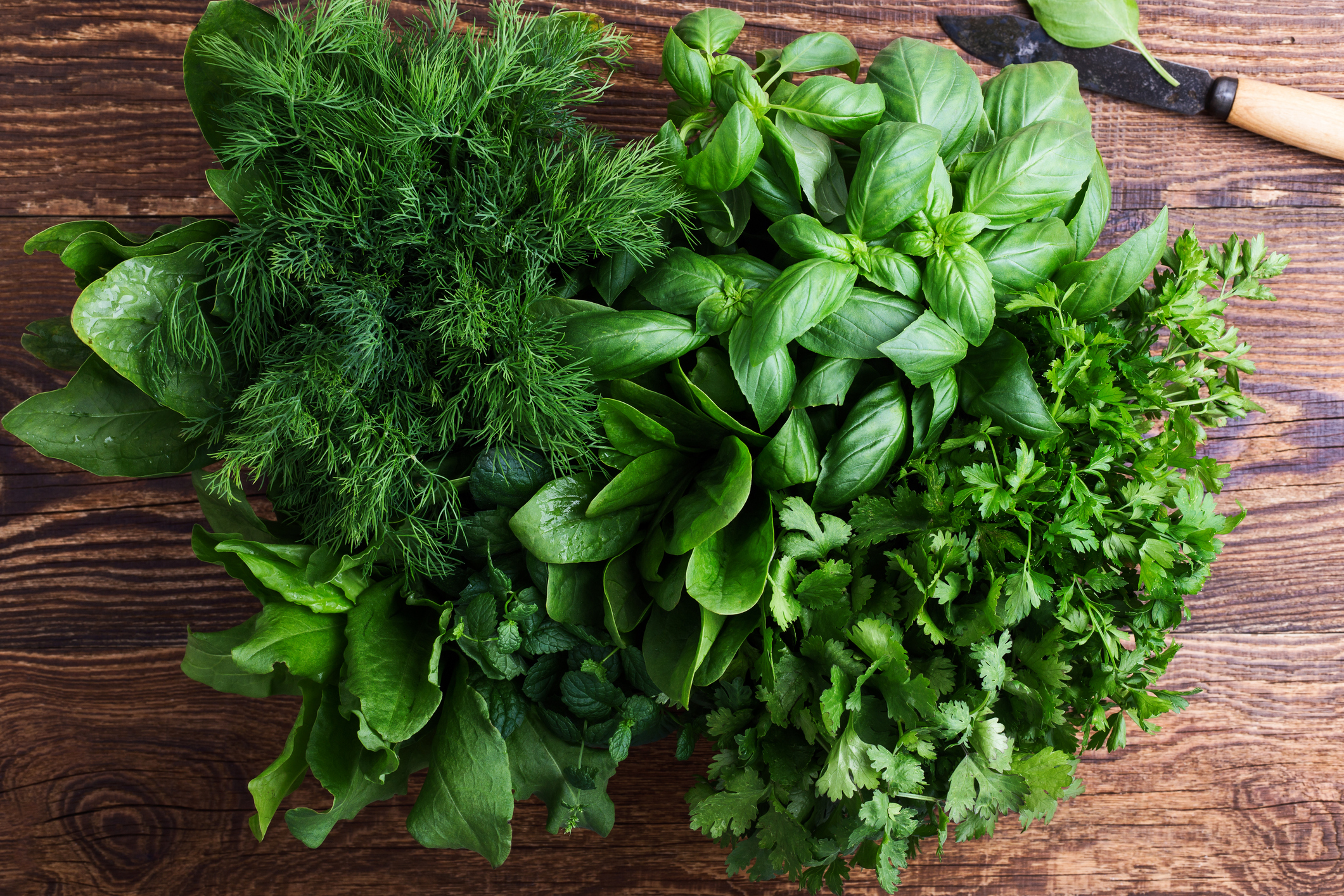
Some herbs are evergreen perennials which means they are harvestable all year round, while others are either herbaceous perennials or annual plants. Herbaceous perennials die back in autumn or winter and regrow in the springtime and annual plants go through their life cycle in one season and won’t come back again. Their harvesting time can vary throughout the year and to get the most out of your herb garden, make sure you have a great mix of herbs that can be harvested at different times so you can keep saving all year round.
Dry Your Herbs and Store Them
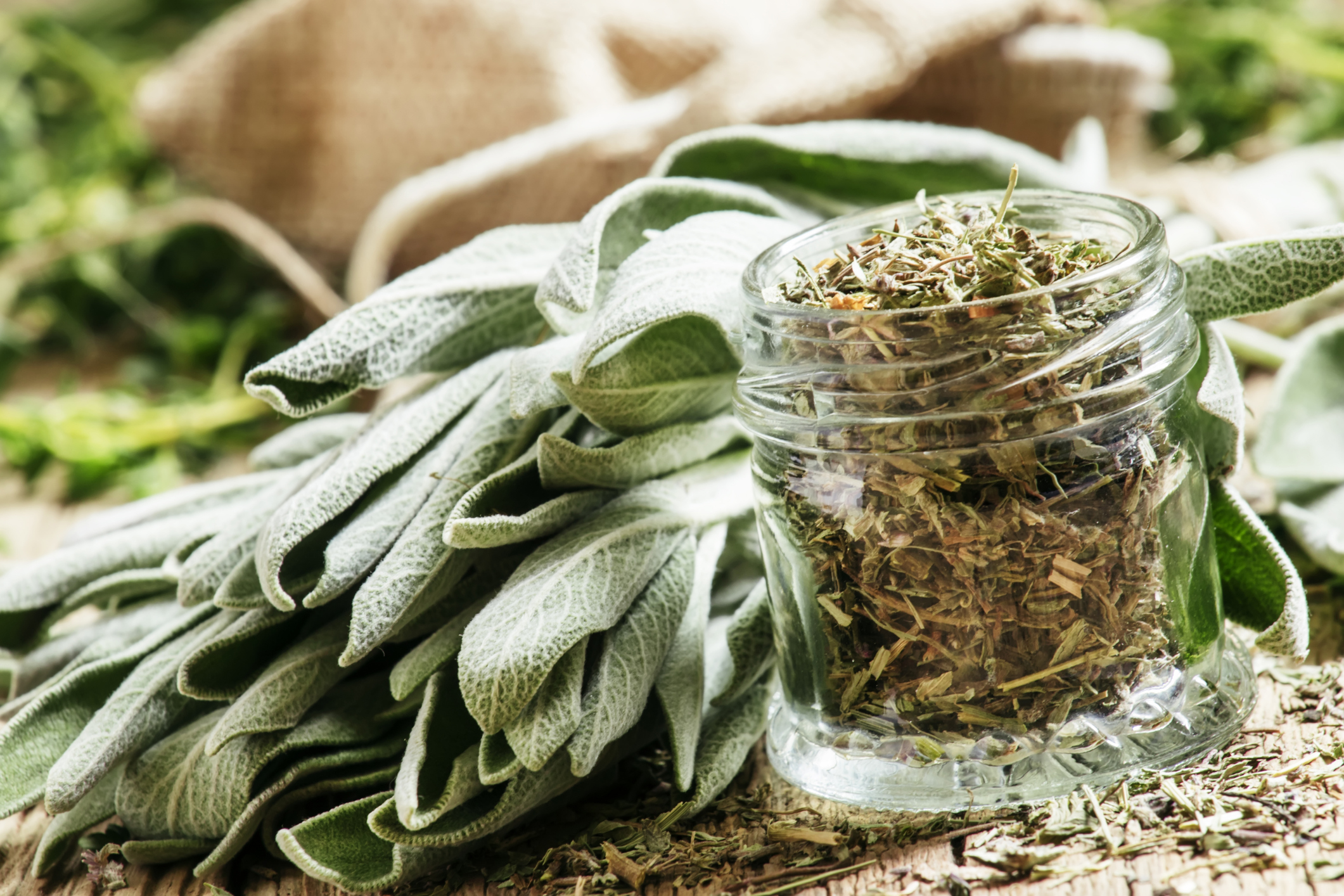
If you’re finding that your herbs are growing faster than you’re using them, it may be a good shout to dry your herbs so you can store them for long periods of time. Drying herbs from plants that are herbaceous perennials (plants that die down in autumn/winter) and annuals (plants that die after one growing season) is also worth doing as it means you’ll have plenty of those herbs stored up when they’re not growing.
Propagate Your Herbs
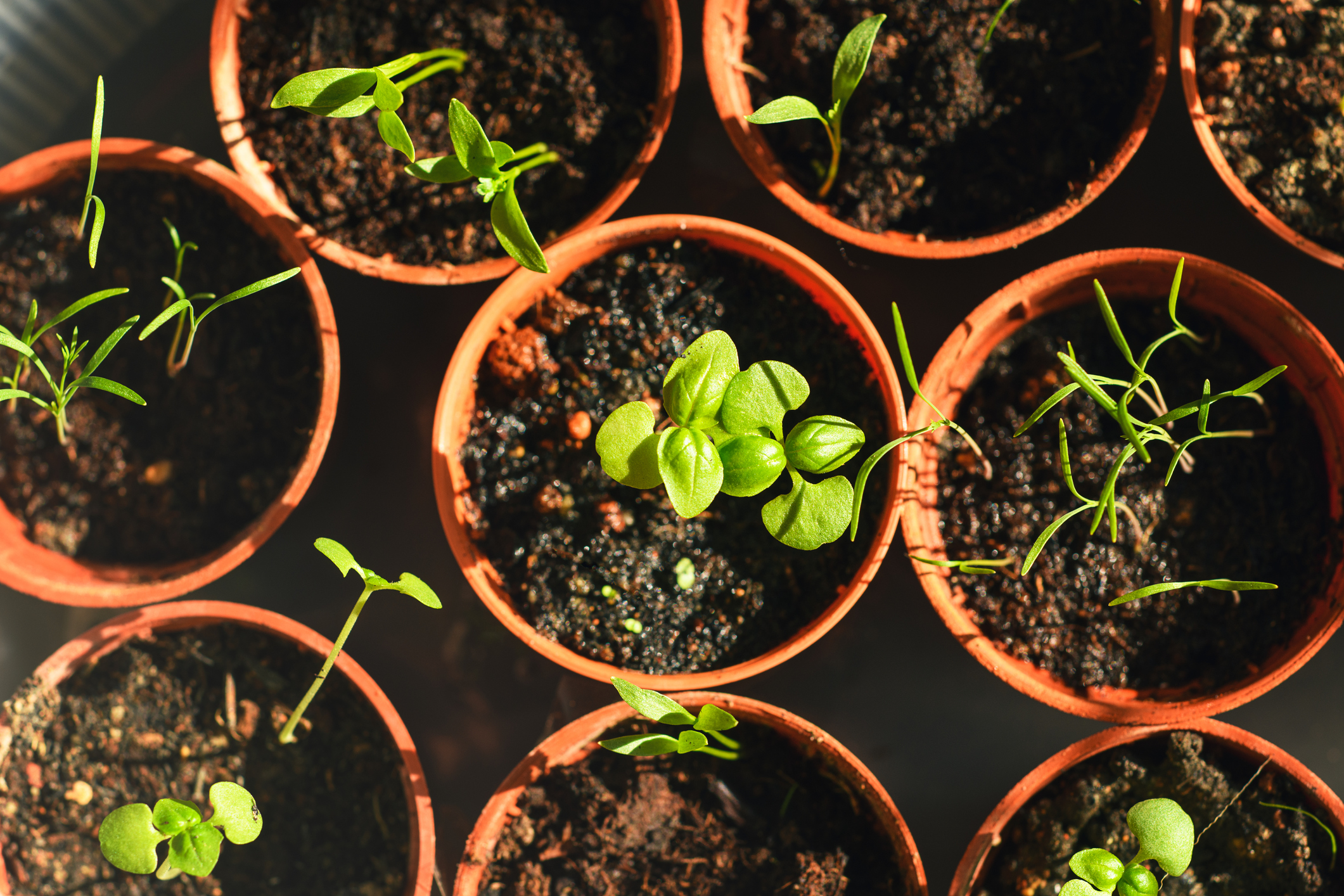
To get the most out of your herbs, buy herb plants that you can easily propagate so that you grow more plants from the parent plant. Rosemary, basil, mint, chives and thyme are just some examples of plants that you can easily propagate and get more plants from.
Types of Herbs You Can Grow in the UK
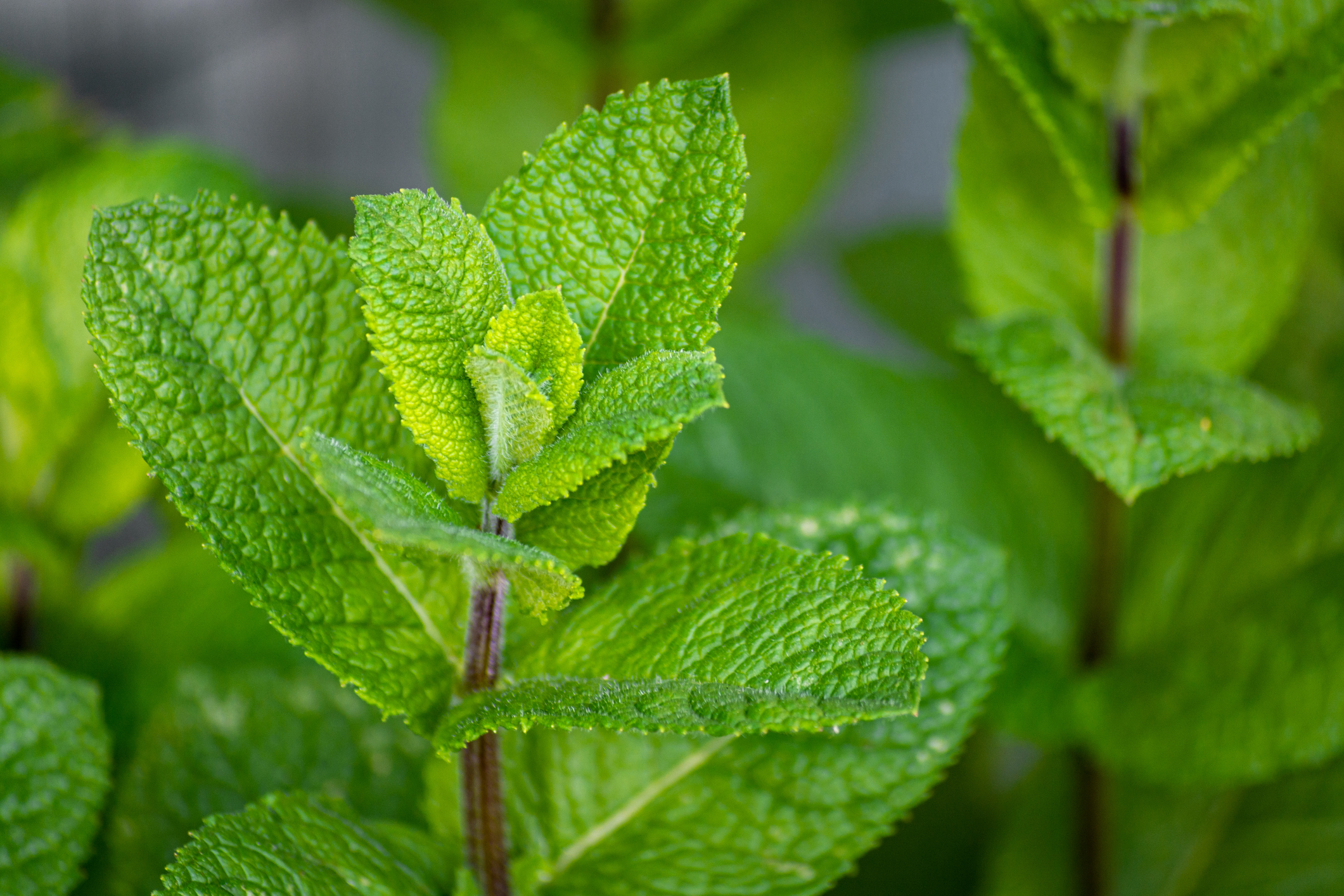
Now that we’ve covered some savings techniques, let's dig into what herbs can be grown in the UK.
Rosemary
Rosemary is a perennial evergreen shrub so it can be harvested all year round. It’s very hardy but prefers being located in a sunny spot. Rosemary can be planted in the ground and in a pot. It can also be an indoor plant and is best located in a super sunny area on a south-facing windowsill.
Thyme
Thyme can be harvested throughout the year as it’s a perennial evergreen shrub. It’s best to plant in a sunny location and can grow in the ground and in a pot. It’s very hardy and drought-tolerant once the plant is established. It can be kept indoors if placed on a sunny south-facing or west-facing windowsill.
Oregano
Oregano is a perennial plant which can be harvested from May to October. It prefers to be planted in a warm sunny area, either in the ground or in a pot. It can survive through the winter if it’s in a sunny spot, but if not it will die down through winter and come back again in spring. Oregano can also be kept indoors, preferably in a bright windowsill spot which gets morning sun.
Parsley
Parsley is a biennial herb, you can harvest the leaves from June to October in its first year, and in its second year it flowers. You can’t harvest parsley in its second year, so it will need replacing or you can propagate it. Parsley does best when planted in a partially shaded, spot both in the ground or in a pot. It can also be kept as a houseplant and does best in a very sunny spot, ideally on a south-facing windowsill.
Basil
Basil is an annual plant which will die in autumn. Its leaves can be harvested from June to September. Basil is quite tricky to keep alive, it needs a lot of warmth and sunlight. If you want your basil plant outside, putting it in a greenhouse is the safest bet but if you don’t have one, a sunny, sheltered spot in the ground or in a pot will suffice. Basil can also be kept indoors, on a windowsill with direct sunlight - a south-facing windowsill will get the best results.
Coriander
Coriander is an annual plant which can be harvested from July to December. The best place to plant coriander outside is in a light-shaded spot. It can be planted in the ground but does best when planted in a pot. Coriander can also be grown indoors on a well-lit, sunny windowsill.
Dill
Dill can be harvested from May to September. It dies back to the ground through winter, and it often doesn’t survive the cold weather, so it’s considered an annual plant. It’s best to plant dill in a sunny spot that receives direct sunlight. Dill can also be kept indoors and needs a windowsill with lots of direct sunlight.
Chives
Chives are herbaceous perennials and can be harvested from May to September. In the winter, they die back and then grow back in spring each year. They’re hardy plants that do best in a sunny or light-shaded area in the garden. They can also be kept indoors and are most suited to a south-facing windowsill with lots of direct sunlight.
Mint
Mint is a herbaceous perennial plant. There are many types of mint plants, each giving slightly different flavours. Mint is harvestable from May to October and it dies back in winter before growing back in the springtime. Mint is happy being kept in a sunny spot or partial shade when grown both in the garden and indoors as a houseplant. When growing mint in the garden, it can be grown in the ground or in a pot.
Fennel
Fennel is a hardy, herbaceous perennial. It’s considered both a herb and a vegetable. When you’re harvesting fennel for herbs, it can be harvested from May to September. When planting fennel in the garden, it’s best suited to a sunny area without shade. It can be grown in a pot or in the ground.
Sage
Sage is an easy-to-grow evergreen shrub that can be harvested between May and November. It’s around all year and is best suited to a sheltered area in the ground or in a pot that gets full sun. Sage can also be kept indoors and needs a windowsill in direct sunlight, ideally by a south-facing windowsill.
Tarragon
Tarragon is a perennial herb that can be harvested from May to September. Tarragon will usually die back in winter when it’s cold and grow back in spring, but it can survive through winter if it’s put in a greenhouse or taken indoors to a sheltered spot. Tarragon prefers to be planted in full sun in a sheltered area either in the ground or in a pot. Tarragon can also be kept as an indoor plant and does well growing in a spot with lots of indirect sunlight.

Hi, I'm Emma! I've been working at MyVoucherCodes since January 2022. Before joining the MyVoucherCodes team, I had already been working in the savings industry for a good few years so I have a lot of knowledge on how to be a savvy shopper, and I love sharing my top money-saving tips.
In my spare time, I enjoy hiking and being out in the countryside, dancing my heart out at festivals, painting, gardening and running. I also adore animals and since 2021, I've been a Website Editor and Social Media volunteer for a cat charity, writing about cats that are ready for adoption, happy rehoming stories and fundraising events.